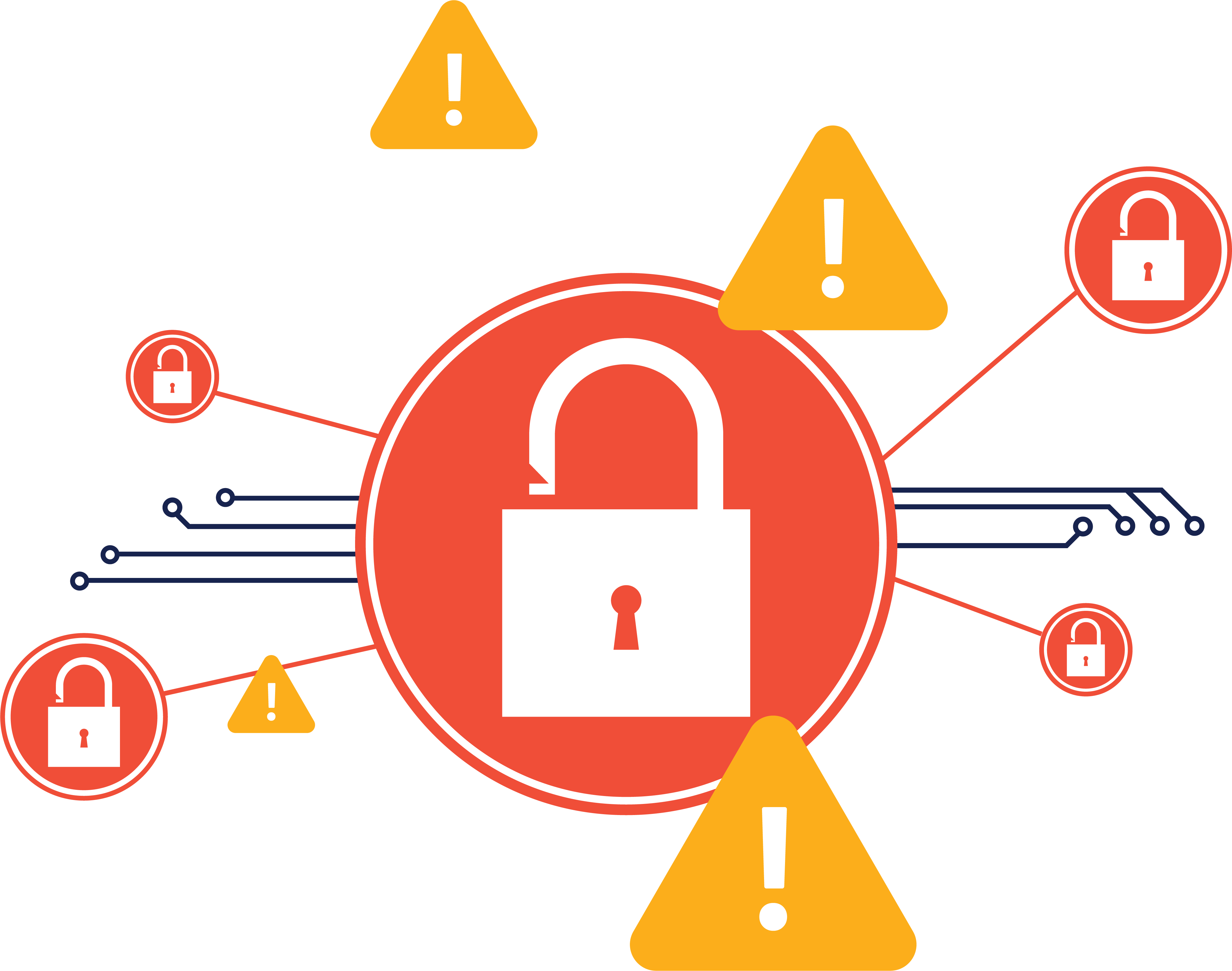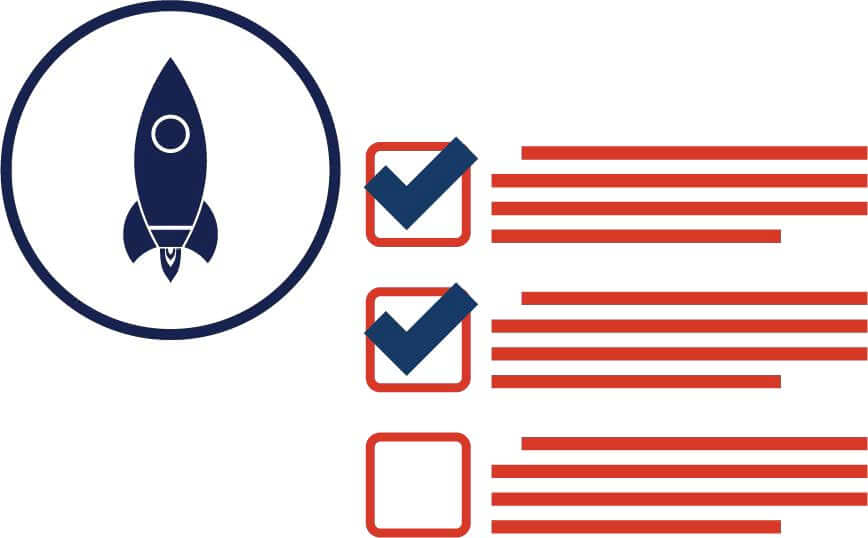The Importance of Vulnerability Remediation for System Security

According to a study done by IBM, the cost of a data breach in the U.S. is over $9M and continues to climb. Stolen personal information has become the most common type of data breach, but worst of all, breaches, in general, are predicted to worsen and become more frequent over the next decade. The importance of vulnerability remediation for system security continues to grow.
There will always be risks to a business—whether inherent, unplanned, or residual. Preparing for zero-day vulnerabilities allows your business to come out on the other side with reduced harm.
A vulnerability’s effect on business operations
In 2021, one of the worst cyberattacks in decades was disclosed, leaving many organizations vulnerable to data breaches, stolen personal information, and financial loss. The attack resulted from a coding script called Log4j. Log4j is a specific line in JavaScript applications that acts as a logging library and is used by the majority of JavaScript users.
This security vulnerability was extremely widespread for a few reasons. Firstly, 94% of all applications and websites are configured with JavaScript, making it the most widely used programming language. Secondly, this threat was a day-zero vulnerability, meaning that any provider using JavaScript with that line of code was immediately subject to the breach. And the only way to stop the breach was by patching internal and external environments to keep the data loss from spreading.
Organizations that got ahead of the risk understood their susceptibility, but those that didn’t know their risk threshold experienced the worst of the Log4j vulnerability, giving the hacker access to the targeted computer or application and controlling it from the attacker’s own device. This left these organizations with severely exploited applications and a loss of sensitive data.
100% Log4j Remediation
Learn how the world’s largest logistics company tackled its response to the Log4j vulnerability in one week.
4 steps to vulnerability remediation for system security
So, how do you know if your organization is susceptible to this data breach—or any risk for that matter? And with such a high risk on our hands, how can you access this information as quick as possible?
One of the fastest ways to understand your risk threshold is through our own survey and reporting capabilities. Onspring’s Vendor Risk Management solution lets organizations create processes that are sustainable, repeatable, and quickly executable.
The following four steps have a proven track record for system security with Onspring.

1. Determine population
Determine the information source by developing parameters for which vendors and third parties should take the survey. Onspring’s platform gives organizations the ability to choose the right vendors by filtering data based on the pre-determined selection criteria.

2. Draft questions
Configure the right questions without burdening vendors with a lengthy survey. Determine which pieces of information are the most important to obtain.
Additionally, it’s also imperative to understand how long mitigation may take each vendor in jeopardy so you can plan for full vulnerability remediation for system security.

3. Configure and launch survey
Build a survey with the goal of being able to replicate it in the future when new risks appear. For any organizations that complete yearly risk impact assessments, housing this information in one place is critical because it allows risk leaders to quickly track threats and measure susceptibility over time.
Onspring’s survey features provide the option to replicate the survey for future needs with the ability to adjust verbiage as needed.
Lastly, Onspring automated notifications help organizations make sure that those who need to respond to the assessment will do so in the time specified. Send reminders via email or SMS, so the survey stays top of mind and communicates the urgency of the task. We’ve seen this method yield 100% response rates.

4. Analyze responses
Decide how to display and report the findings to key stakeholders: interactive bar charts, heat maps, and trending dashboards, or Word and PDF files sent directly to inboxes.
Onspring capabilities allow organizations to filter and customize data and reports so stakeholders can have unique dashboards.
Using Tech to Manage Vulnerability Remediation for System Security
By using Onspring, it’s very possible to build and deploy a vendor vulnerability survey in just one week. In urgent situations, we’ve seen full vulnerability remediation of third-party ecosystems in just six weeks, giving our clients the best possible scenario to avoid data breaches, financial loss, or additional residual risk. Technology can significantly enhance your vulnerability remediation for system security.
Time means everything in these situations, and Onspring’s platform gives organizations back the power when it comes to vulnerability remediation by allowing you to perform quick-turn risk assessments, which helps reveal susceptibility to urgent risks. Not to mention, Onspring enables the ability to survey only the vendors and third parties needed, and report on the necessary information to those who need it most.
Swift and flexible efforts like this allow you to manage a 100% remediation rate for affected vendors ASAP, stopping the vulnerability in its tracks.
More Reading to Check Out
6 Benefits of Using Vendor Risk Assessment Software
From minimizing disruptions to empowering teams with actionable insights, learn how tools like Onspring and Black Kite enhance efficiency and security.
Top 5 Ways that a GRC Portal Simplifies Third-Party Risk Management
Investing in GRC automation technology often benefits power users, but what about occasional users like leaders, contributors and vendors? A well-designed GRC portal can make a world of difference.
Creating Your Vendor Management Policy
If you don’t create an all-inclusive vendor management policy, you’ll be bogged down with unending third-party management chaos triggered by different vendors.





